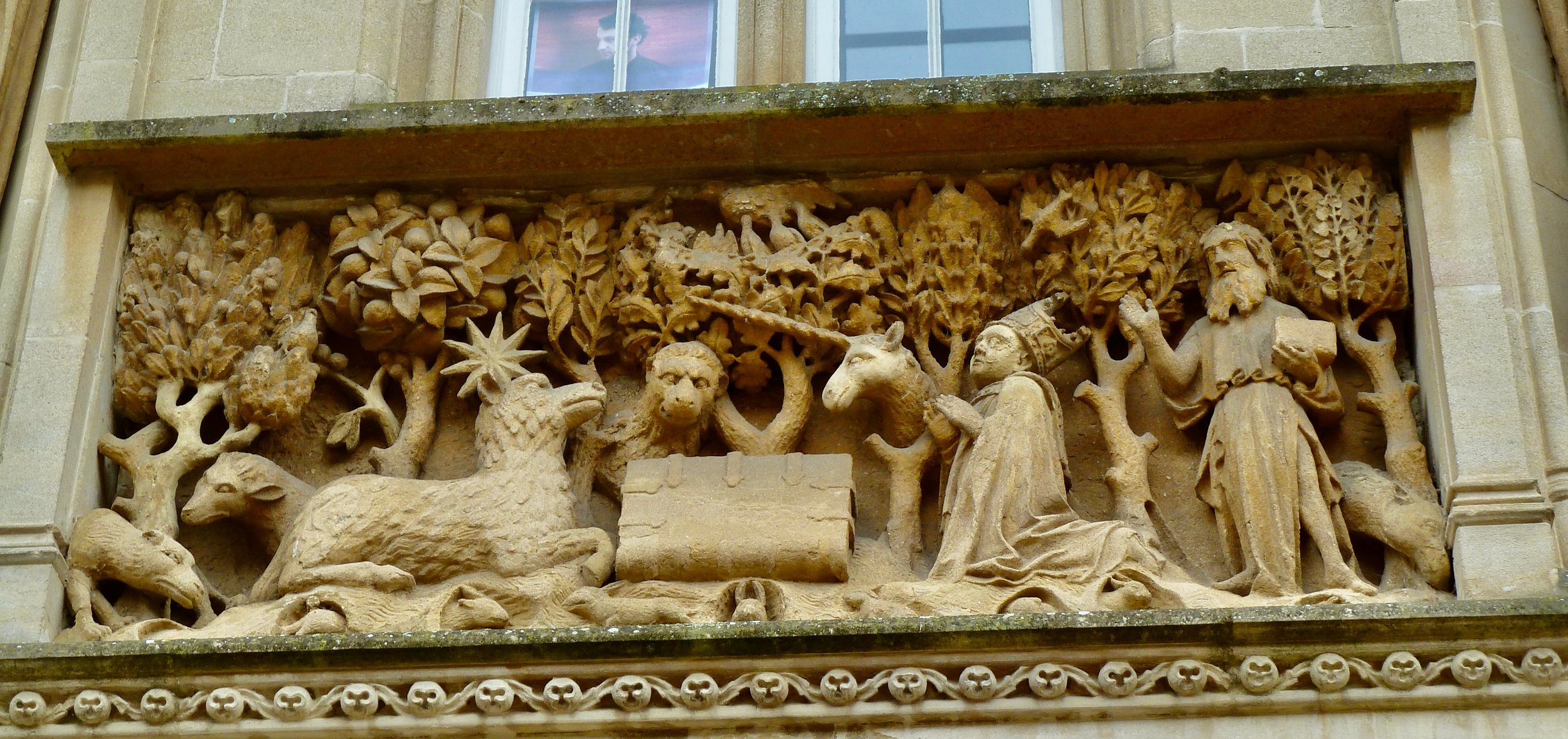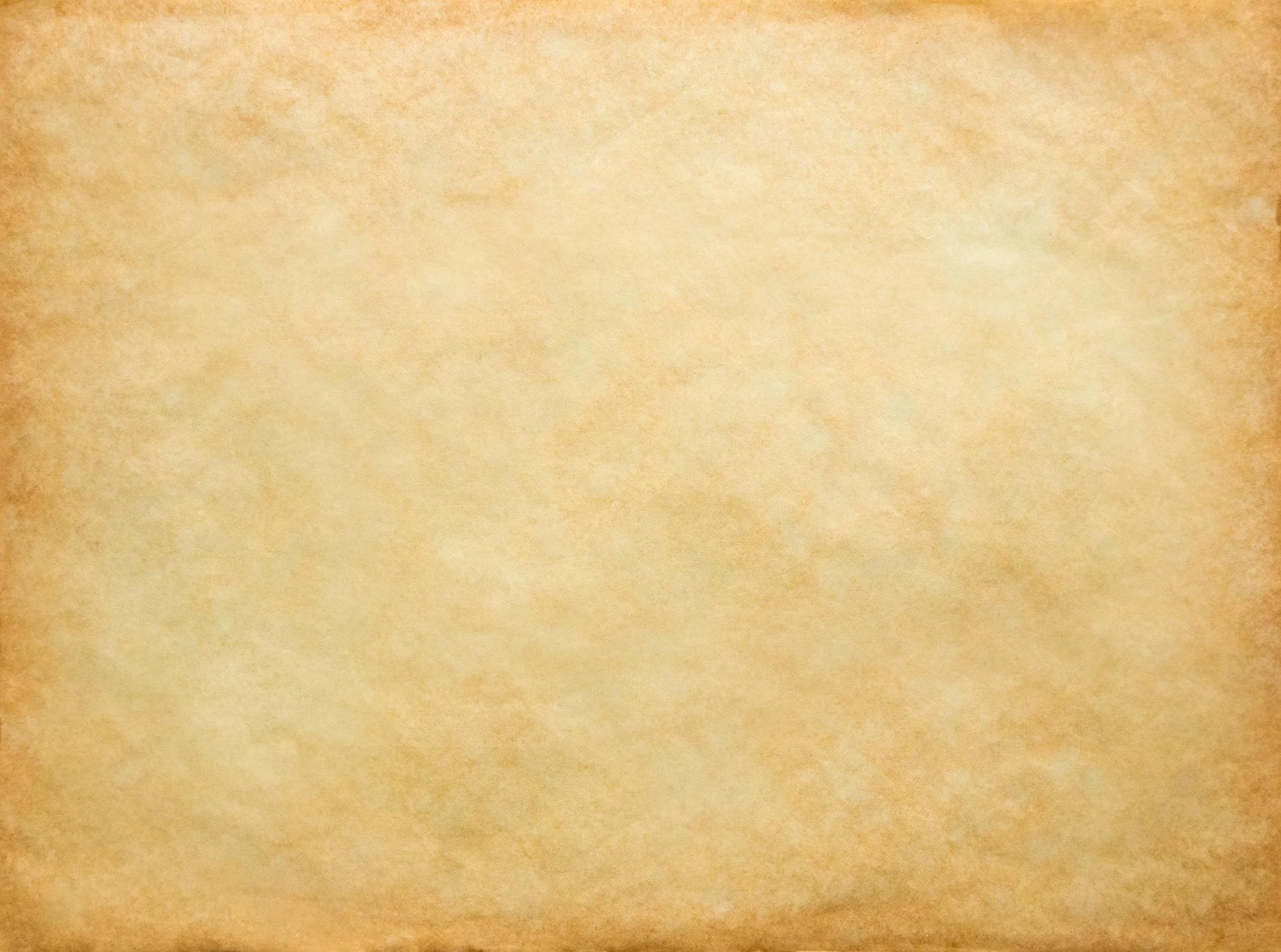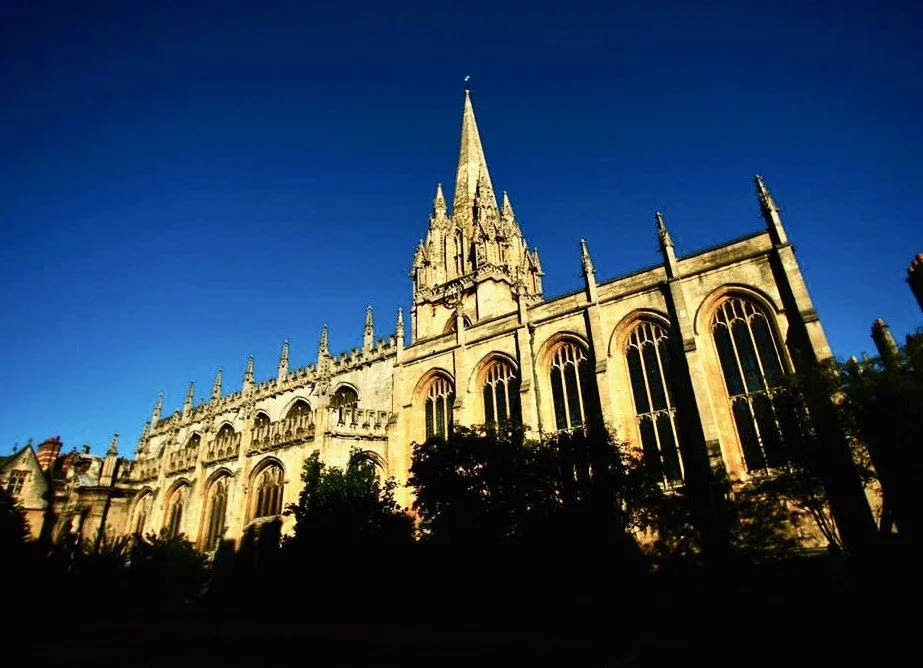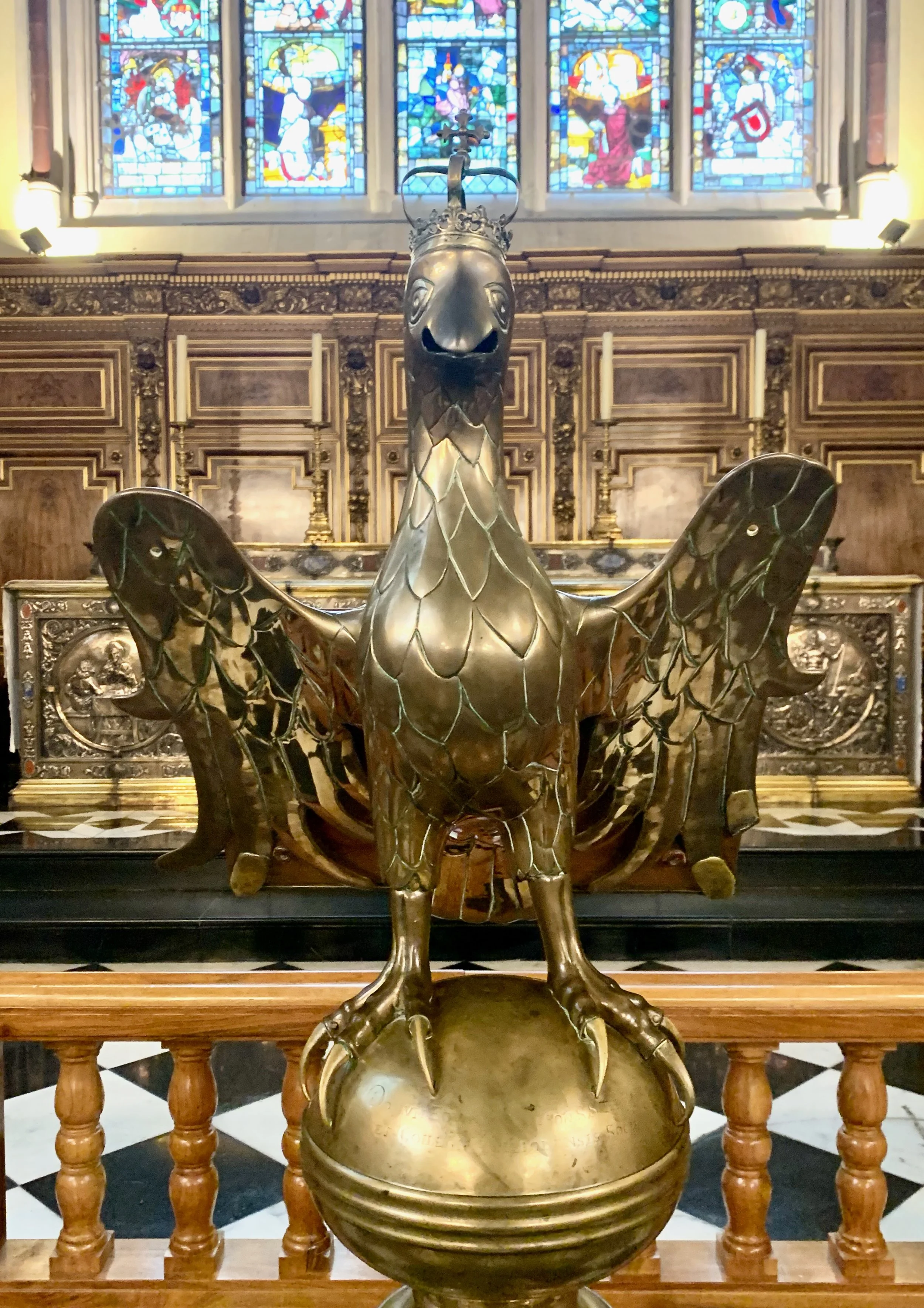
Oxford’s Religion, Society & Conflict Walking Tours
History of Religions, Society & Conflict in Oxford
Even earlier than the Norman Conquest of 1066, Christian pilgrims from across Christendom travelled to Oxford to pay homage to St Frideswide at her shrine.
Home to great literary figures. CS Lewis and JR Tolkien were friends here, Lewis Carroll’s Alice was only possible in Oxford.
The History of Oxford’s waterways tell ancient and modern stories.
Oxford has been a nurturing refuge to great individuals and also the site of martyrdoms and war. Both heroes and martyrs have influenced faith and science at home and abroad.
Due to Oxford’s independence, wealth and gift of argument artistic and architectural treasures have been saved from perishing. You will enjoy them and their stories today.
Oxford has been a catalyst of change at home and abroad. Learn about sites to see in Oxford today through exciting historical themes.

Walking Tours-Religion, Society & conflict in Oxford
-
Oxford was the Royalist Capital in the English Civil War of the 17th Century. It was from Christ Church that King Charles I ran his campaigns, whilst also finding time to entertain, walk his dogs and even to play tennis in Oriel college's nearby Real Tennis court.
Henrietta Maria, his Queen, lodged briefly at Merton College and the City was filled with courtiers, servants and a garrison of over 3,000 soldiers.
When the Parliamentarians were victorious Oliver Cromwell made himself Chancellor of the University.
Explore Oxford’s role in the Civil War and find out what life was like in the city during this time and why it mattered.
-
This walk takes you through the little-known medieval Jewish quarter to discover the fascinating lives of its inhabitants in the period between their arrival in the 11th century with William the Conqueror and their expulsion by Edward I in 1290.
It covers the readmission of the Jews under Oliver Cromwell and comes up to date with the story of Lord Lindemann's invitation to Einstein and how the Society for the Protection of Science and Learning saved German academics from Nazi persecution. Learn about their new lives in Britain and the contribution of the Jewish refugee scholars to Oxford University.
We usually finish at the Bodleian Library, one of the greatest repositories of Hebrew and Jewish manuscripts and printed books in the world, and find out about today's Jewish community and some of the University's Jewish benefactors.
-
A circuit through some of the oldest and most interesting parts of Oxford and its waterways including: the River Thames (including a lock of particular literary and strategic importance) and its sidestreams; the Oxford Canal (and another significant lock); St Thomas’ parish, the home of the city's brewing industry, from where most of Oxford's boating families derived; and a peep at the Victorian suburb of Jericho – rich in both literary, artistic and religious associations;the scene of past and current controversies.
We visit Oxford Castle, whose past is inseparable from Oxford’s waterways: through its situation, through the use of convict labour, and through its especially dynamic late-18th century prison governor-cum-engineer, architect, artist and builder, Daniel Harris.
-
A Story of Saints and Scholars, Martyrs, Reformers and Religious Radicals
On this tour you will tread in the footsteps of many great figures who have shaped the story of religion in this country and overseas.
In the Middle Ages pilgrims visited the shrine of St Frideswide and religion was at the centre of the teaching of the medieval university. Today you can still see the medieval Divinity School.
Oxford has been a microcosm and a catalyst of religious changes; you will see where Bishop Latimer told his colleague, Ridley, “we shall this day light such a candle, by God's grace, in England, as I trust shall never be put out.”
Here at different times Jewish people, Lollards, Quakers, Baptists and Catholics faced authorities who condemned their beliefs and attacked their meetings. Thinkers and teachers like Wesley, Newman and C S Lewis have all studied and preached in Oxford. You will see colleges, libraries, memorials and churches reflecting their stories.
-
Oxford’s intimate scale allows a rare proximity to this art. Religious origins, wealth , and the University's Independence make it hard to think of anywhere else to see such a variety of periods and techniques en situ and within easy reach.
When unrest swept through England, architectural elements were sheltered from marauders and zealots in Oxford. Imagine scholars befuddling and persuading Henry VIII’s Edward VI’s and later Cromwell’s men with theological riddles, providential threats and the odd bribe, and admire the stained and leaded glass rescued from destruction.
-
Oxford’s intimate scale allows a rare proximity to this art. Religious origins, wealth , and the University's Independence make it hard to think of anywhere else to see such a variety of periods and techniques en situ and within easy reach.
When unrest swept through England, architectural elements were sheltered from marauders and zealots in Oxford. Imagine scholars befuddling and persuading Henry VIII’s Edward VI’s and later Cromwell’s men with theological riddles, providential threats and the odd bribe, and admire the stained and leaded glass rescued from destruction.
-
What do four prime ministers, eight princesses, two Nobel prize winners and a circus owner have in common? Answer: they are all women associated with Oxford.
From Dorothy Hodgkin, the Nobel prize winnert who first discovered the structure of penicillin and insulin enabling their synthesis - to Sarah Cooper, the resourceful grocer’s wife who used up a glut of oranges to invent Oxford marmalade - Oxford abounds with the stories of remarkable women.
Strolling through Oxford you’ll discover their stories and hidden corners.
Sites include the door used by Henrietta Maria for secret assignations with her husband King Charles I, the modest origins of Jane Burden, pre-raphaelite muse and original stunner, local girls (scandalously) immortalised as allegories of languages and a riddle spelt in Gargoyles that boasts the first female head of an Oxford college... And more!
Come and enjoy a gentle stroll through one of England’s most beautiful and historical cities and celebrate the legacy of its women.
-
The first mention of Oxnaforda is in 912 and of the Universitas 1214.
Oxford was a small but prosperous Saxon town, a place of Council, surrounded by a defensive wall built on the order of King Alfred nestling on the banks of the River Thames; a site of strategic importance.
Monasteries grew up in its shadow bringing wealth and learning.
The Saxon tower of the North Gate still survives as does the building where the University
‘parliament’ first met and the site of the University’s first library.
See where the scribes, book sellers and parchment makers plied their trade. Whilst their ancient shops no longer survive, great Colleges have arisen in their stead.
In 1066 the Normans arrived, a castle was built, the Jewish people were invited and the Town settled down to become the oldest university in the English speaking world that it is today.


